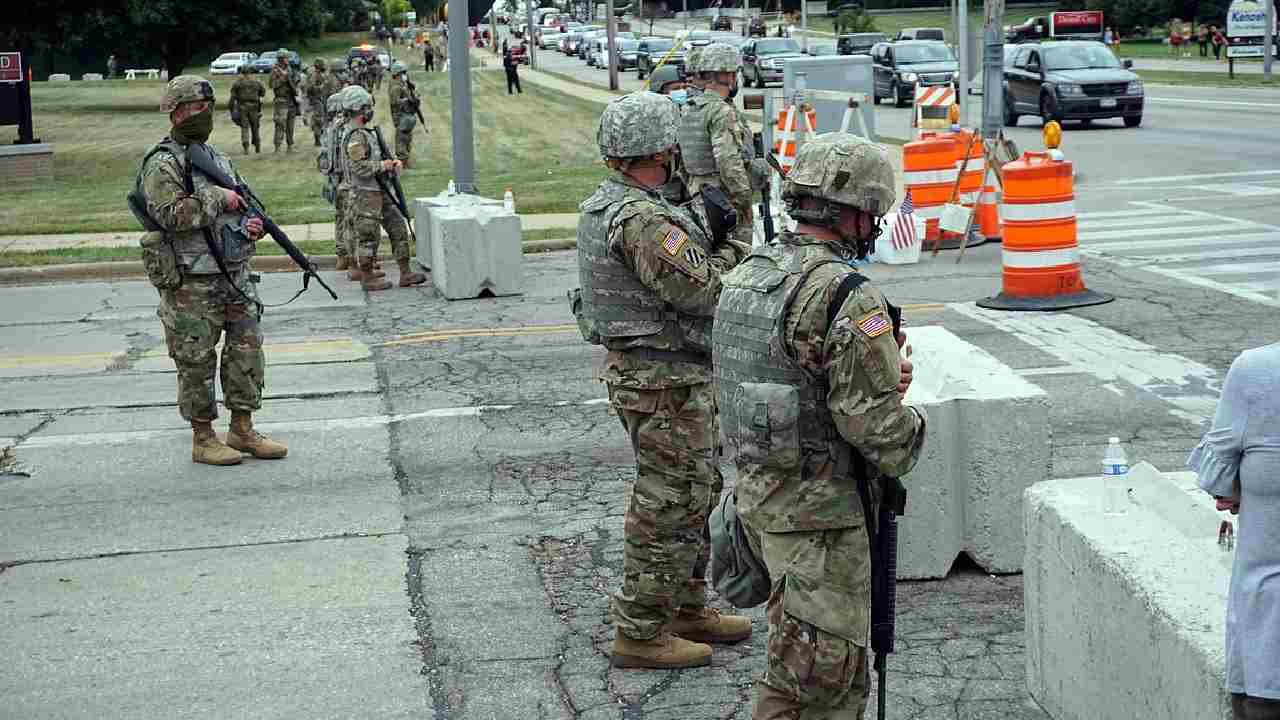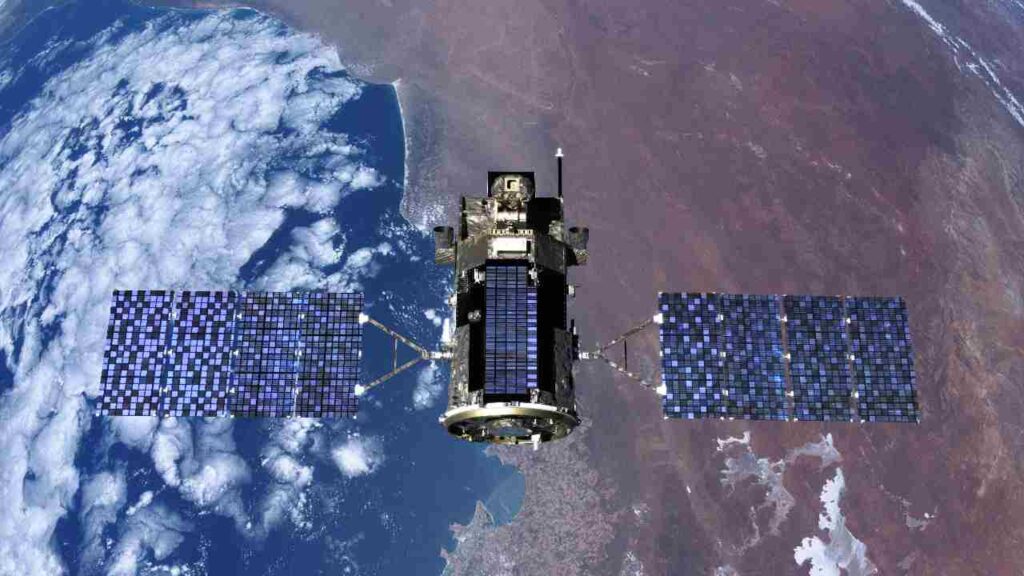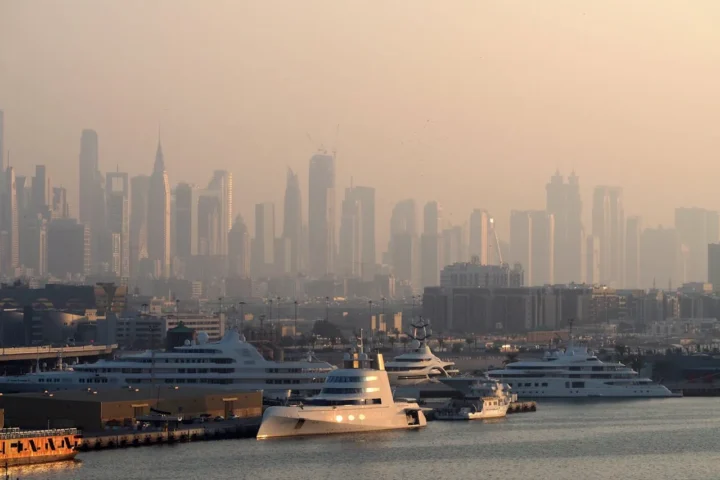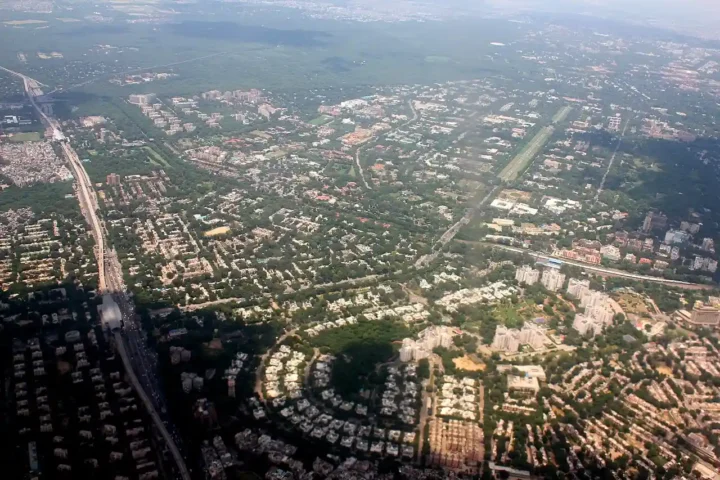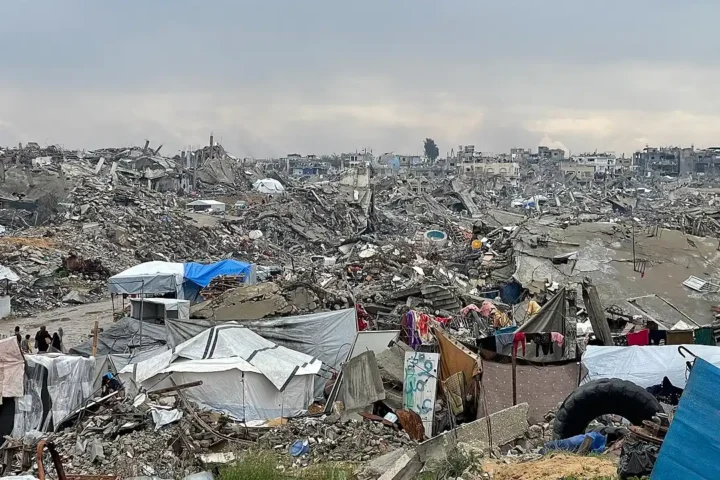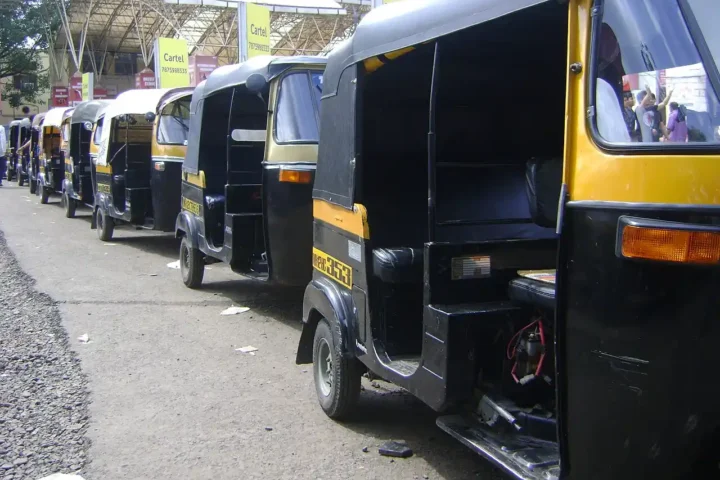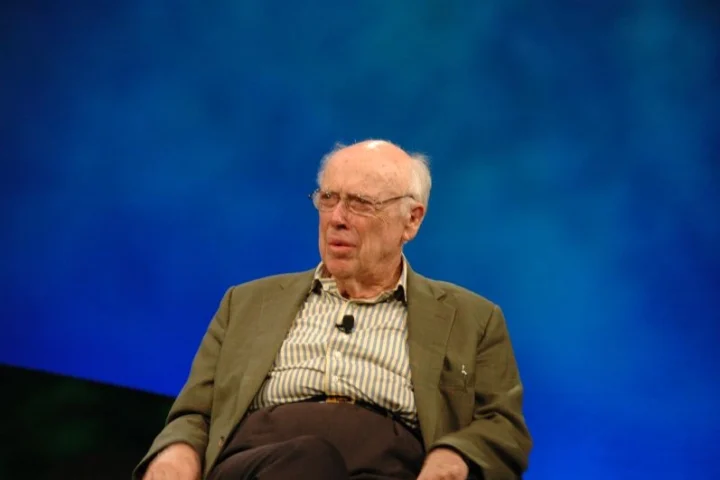The Pentagon has ordered the withdrawal of 1,350 National Guard troops from Los Angeles, continuing the drawdown of military personnel deployed there since early June. Around 250 Guard members will remain in the city to protect federal property and personnel, according to Pentagon spokesperson Sean Parnell.
This latest reduction follows an earlier July 15 order that sent home 2,000 of the original 4,000 Guard troops. At its peak, the deployment included nearly 5,000 military personnel—combining National Guard members and roughly 700 Marines—marking one of the largest domestic military presences in a U.S. city in recent decades.
Defense Secretary Pete Hegseth authorized the latest withdrawal, with Pentagon officials citing “mission success” as the reason behind the decision. The remaining troops will continue protecting federal buildings and personnel as the deployment approaches its 60-day time limit, which ends next week.
The Trump administration initially sent military forces to Los Angeles on June 7 in response to protests against immigration raids conducted by Immigration and Customs Enforcement (ICE). Unlike typical Guard activations, these troops were federalized under Title 10 authority, bypassing California Governor Gavin Newsom’s approval—a move that sparked immediate legal challenges.
Governor Newsom and Los Angeles Mayor Karen Bass opposed the deployment from the start. Newsom filed a lawsuit against the Trump administration, arguing the federal government illegally took control of state Guard units. Mayor Bass described the military presence as an “armed occupation” of the city.
“Another win for Los Angeles tonight: 1,000 more troops are retreating,” Bass wrote on social media following news of the withdrawal. “We will continue this pressure until ALL troops are out of L.A.”
The deployment has carried significant costs. Governor Newsom’s office reported the operation cost taxpayers an estimated $134 million. Beyond financial impacts, Newsom highlighted broader consequences, including pulling Guard members from other essential duties like wildfire response and drug enforcement operations.
Similar Posts
Data from the governor’s office showed that after the deployment diverted roughly one-third of the 450 Guard members from the state’s counterdrug task force, fentanyl seizures dropped significantly. Newsom’s office also reported a 3.1% decrease in private-sector work attendance—a downturn they compared to levels seen during COVID-19 lockdowns.
Critics questioned the necessity of the military presence. The Los Angeles Times reported many Guard members experienced boredom due to unclear directives. A highly publicized operation at MacArthur Park yielded minimal results, with troops detaining and then releasing a 27-year-old man who was traveling to an appointment at the Department of Veterans Affairs.
The remaining 250 Guard members will stay at the Joint Forces Training Base in Los Alamitos, though Newsom has demanded their immediate release as well. The governor emphasized that many National Guard members have been pulled from critical civilian roles, including healthcare workers, teachers, police officers, and various essential service positions.
“The President should allow the remaining soldiers to go back to their families, communities, and civilian professions as doctors, law enforcement and teachers,” Newsom stated.
Defense Secretary Hegseth defended the deployment on social media, responding directly to Mayor Bass: “You’re welcome Mayor. These brave troops are redeploying because their mission was so successful. You should be thanking them for saving your city from mobs & chaos.”
The legal battle over the deployment continues in the courts. A bipartisan group of 25 former governors filed a brief supporting Newsom’s lawsuit, arguing the federal action threatens state sovereignty. Similarly, retired four-star admirals and generals along with former Army and Navy secretaries submitted an amicus brief outlining risks they see in federalizing state Guard units without governor consent.
As the 60-day deployment window closes next week, attention turns to whether the remaining 250 troops will also be withdrawn or if their mission will be extended.
